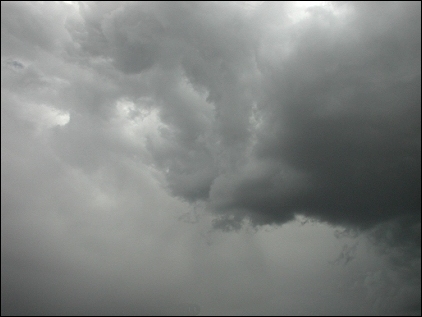

You probably know that the monsoon is the predictable rainy season of India, but did you know that similar climatic patterns are widespread from North Africa to Southeast Asia and northern Australia? Monsoons (mausim in Arabic) result from a shift in wind direction that replaces dry air with moist air.
In summer, the interior of large land masses reaches temperatures far higher than waters off their coasts. This heating causes the interior air masses to expand and rise, drawing in moist, oceanic air which in turn is heated, producing thunderstorms and accompanying downpours.
The buildup of heat in the North American Southwest draws in
moisture-laden air from the gulfs of California and Mexico. The resulting rainfall,
however, is much less than the 3 to 40 feet that parts of India can expect—the
western and eastern Sierra Madres cause much of the incoming precipitation to be
dropped before reaching the Chihuahuan Desert region. Even so, the El Paso area
receives over 50% of its annual moisture in just 3 months, from July to
September.

Listen to the Audio (mp3 format) as recorded by KTEP, Public Radio for the Southwest.
Contributor: Holly Fields Mattice, "Museum Fundamentals" Student, University of Texas at El Paso.
Desert Diary is a joint production of the Centennial Museum and KTEP
National Public Radio, University of Texas at El Paso. ![]()

Monsoonal clouds massing over El Paso. Photograph by A.H. Harris.
![]()
Arizona State University Geography on Monsoon.